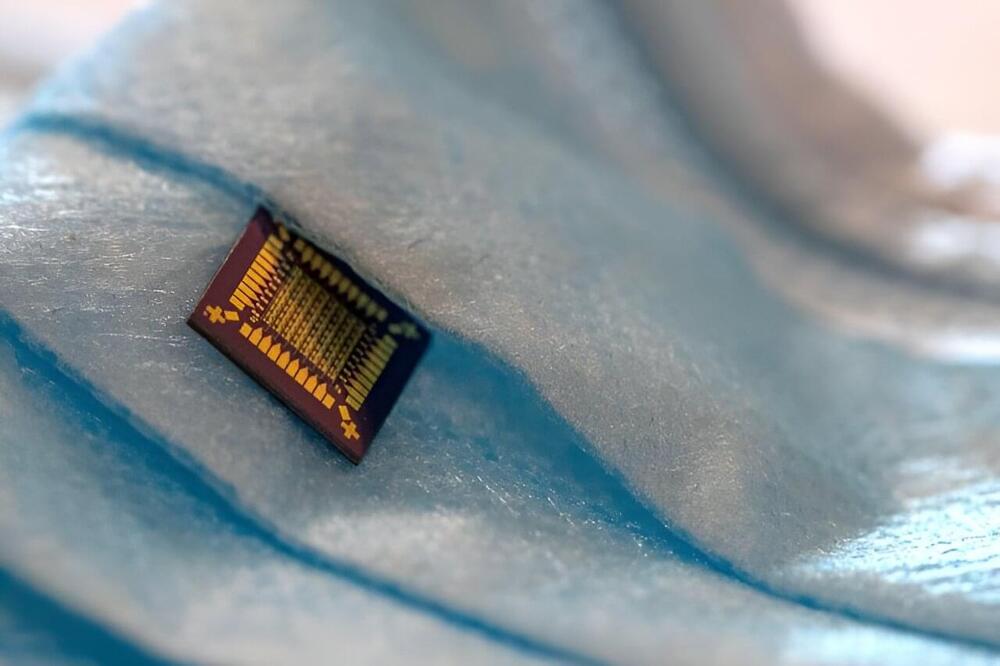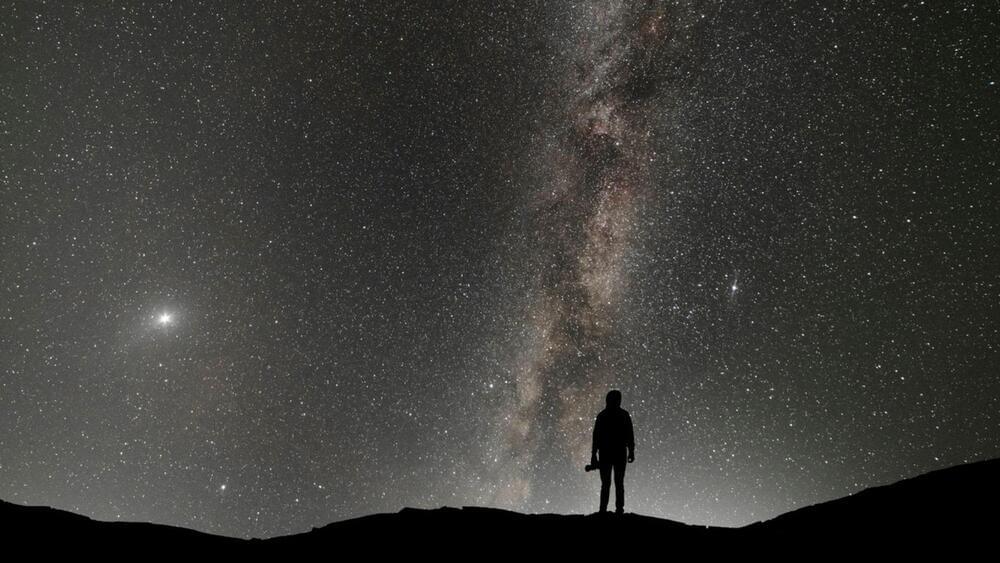Date October 11, 2023



Speeding up communication between humans is surprisingly tricky.
Last week, a post by Elon Musk on X (formerly known as Twitter) caught my eye. The entrepreneur claimed that sticking electrodes in people’s heads is going to lead to a huge increase in the rate of data transfer out of, and into, human brains.
The occasion of Musk’s post was the announcement by Neuralink, his brain-computer interface (BCI) company, that it was officially seeking the first volunteer to receive the “N1,” an implant comprising 1,024 electrodes able to listen in on brain neurons.


NEC Corporation has developed a 150 GHz transmitter IC chip and supporting technologies in preparation for Beyond 5G and 6G mobile access radio communication systems. According to an NEC survey, this is the first demonstration of preferred beam steering performance with 4-channel Antenna-on-Chip (AoC) IC technology using On the Air (OTA) radiation pattern measurement.
Based on innovative RF circuit design technology, it has become possible to integrate 150 GHz phased array antenna elements, phase shifters and transmission amplifiers into a single chip. The 22-nm SOI-CMOS technology used for manufacturing this IC is cost effective, suitable for mass production, and has the ability to support large scale integration of digital, analog and RF functionalities in a chip.
This allows for both higher frequencies and smaller sizes, which also contributes to lower Total Cost of Ownership (TCO) and potentially accelerates social implementation.
Get a Wonderful Person Tee: https://teespring.com/stores/whatdamath.
More cool designs are on Amazon: https://amzn.to/3wDGy2i.
Alternatively, PayPal donations can be sent here: http://paypal.me/whatdamath.
Hello and welcome! My name is Anton and in this video, we will talk about an invention of a DNA bio computer.
Links:
https://www.nature.com/articles/s41586-023-06484-9
https://www.washington.edu/news/2016/04/07/uw-team-stores-di…perfectly/
Other videos:
https://youtu.be/x3jiY8rZAZs.
https://youtu.be/JGWbVENukKc.
#dna #biocomputer #genetics.
0:00 Quantum computer hype.
0:50 Biocomputers?
1:55 Original DNA computers from decades ago.
3:10 Problems with this idea.
3:50 New advances.
5:35 First breakthrough — DNA circuit.
7:30 Huge potential…maybe.
Support this channel on Patreon to help me make this a full time job:
https://www.patreon.com/whatdamath.
Bitcoin/Ethereum to spare? Donate them here to help this channel grow!
bc1qnkl3nk0zt7w0xzrgur9pnkcduj7a3xxllcn7d4
or ETH: 0x60f088B10b03115405d313f964BeA93eF0Bd3DbF
Space Engine is available for free here: http://spaceengine.org.

Your phone may have more than 15 billion tiny transistors packed into its microprocessor chips. The transistors are made of silicon, metals like gold and copper, and insulators that together take an electric current and convert it to 1s and 0s to communicate information and store it. The transistor materials are inorganic, basically derived from rock and metal.
But what if you could make these fundamental electronic components part biological, able to respond directly to the environment and change like living tissue?
This is what a team at Tufts University Silklab did when they created transistors replacing the insulating material with biological silk. They reported their findings in Advanced Materials.


Europe is pushing to create a network infrastructure based on quantum physics.
In May 2023, Dr. Benjamin Lanyon at the University of Innsbruck in Austria took an important step toward creating a new kind of internet: he transferred information along an optical fiber 50 kilometers long using the principles of quantum physics.
Information in quantum physics differs from the units of data—binary digits—stored and processed by computers that form the core of the current World Wide Web. The quantum physics realm covers the properties and interactions of molecules, atoms and even smaller particles such as electrons and photons.

Researchers have developed a method that can reveal the location of errors in quantum computers, making them up to 10 times easier to correct. This will significantly accelerate progress towards large-scale quantum computers capable of tackling the world’s most challenging computational problems, the researchers said.
Led by Princeton University’s Jeff Thompson, the team demonstrated a way to identify when errors occur in quantum computers more easily than ever before. This is a new direction for research into quantum computing hardware, which more often seeks to simply lower the probability of an error occurring in the first place.
A paper detailing the new approach was published in Nature on Oct. 11. Thompson’s collaborators include Shruti Puri at Yale University and Guido Pupillo at Strasbourg University.

The concept that we are all computer-generated characters occupying a world as real as the ones gamers explore on their PlayStation consoles isn’t exactly a new one.
As far back as 1999, Morpheus was entering “The Matrix” to break Neo and a few other chosen few out of a simulated reality created by advanced machines in order to use humans as an energy source. But as the idea permeates not just the realm of science fiction and popular culture, but academia as well, every now and then a philosopher or physicist has something new to say about it.
That’s what happened this week when a physicist at the University of Portsmouth in the United Kingdom proposed that a new law of physics could support the theory that what we see as our reality is in fact a complex virtual simulation running on a cosmic computer. The theory stems from previous research that Dr. Melvin Vopson has conducted looking into whether information has mass.